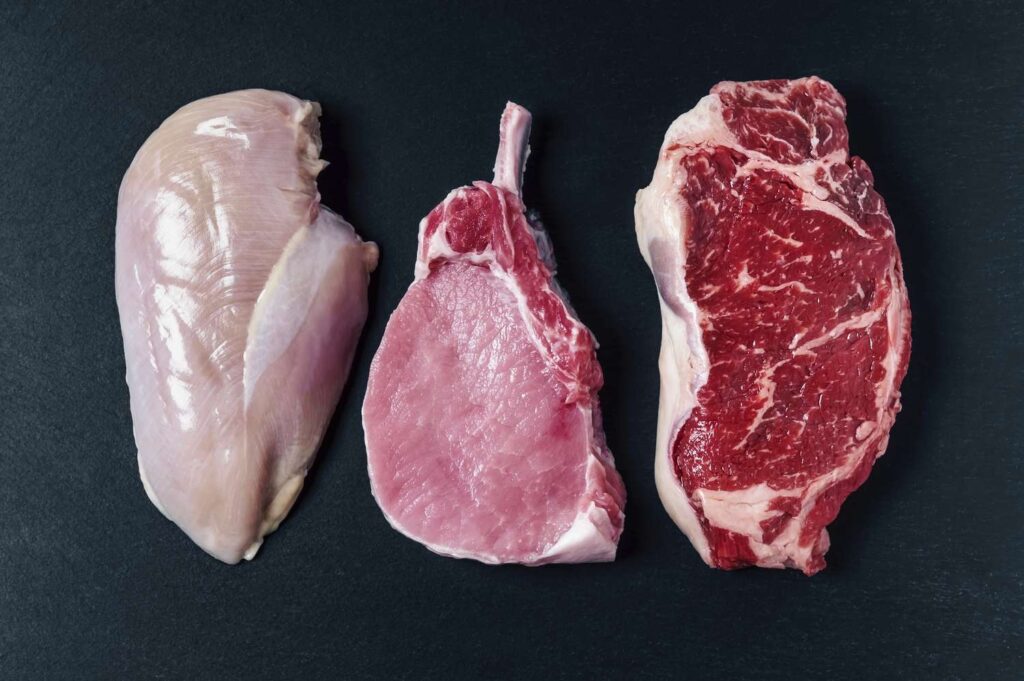Direct-to-consumer sales have recently become a hot topic in the livestock industry, and ChopLocal, a platform designed to facilitate sales from meat producers to consumers, includes resources for farmers selling in that market. are abundant. The website currently has over 50 sellers on its platform offering products ranging from beef and pork to duck and bison. Recently, ChopLocal co-founder Katie Olthoff and her producer support specialist Sydney Hadacek hosted a webinar for producers considering e-commerce as part of their direct-to-consumer strategy.
Farmers are thriving with e-commerce
A recent study conducted by ChopLocal found some interesting differences between farms that have e-commerce sites and those that don't. Farms without e-commerce have average sales of about $75,000, while farms with e-commerce have average sales of about $105,000. Olthoff said this is likely to be a chicken-and-egg phenomenon, with e-commerce stores getting a big boost in some cases, but others where business is already booming. and pointed out that e-commerce is simply the next logical step.
Of farms with $200,000 in sales:
- 73% had an online store
- 64% offered to ship the product
- 43% offer subscription boxes
- 70% offer more than one type of meat
Creating a successful e-commerce presence takes time, skill, and effort, Hadacek explains. It is important that he takes the time to answer customer questions. It's also important to take time to ship each week. You need to build skills to manage inventory, prices, and stay consistent with your marketing efforts.
Consumer expectations for the e-commerce shopping experience
Hadacek emphasizes that potential customers are not comparing their online meat buying experience to that of a grocery store, but to all kinds of other online retailers. . The usability of your e-commerce site should reflect that.
This is one reason many farmers in the direct-to-consumer world now sell by the package within a specified weight range, rather than by the traditional pound. Customers want to know the exact price of their luggage on the spot, not during the checkout process.
The prevalence of free shipping by online retailers means customers have come to expect it, and Hadacek recommends including free shipping at certain purchase thresholds.
Because it's a frozen product, plan for possible delivery failures, Hadacek warns. These should be considered in your overall pricing strategy. E-commerce platform costs, shipping costs, credit card fees (usually 1.5-3%) must also be taken into account for e-commerce businesses.
Marketing from the other side of the screen
On the marketing side, Olthoff says there is a correlation between how well an organization is marketing and its sales volume. This could be paid advertising or free content on social media.
She recommends using the platform you're most comfortable with. For example, if you use Facebook but never Instagram, you'll usually find that the former is more beneficial for your marketing than the latter.
Here are some key points to communicate to your customers in your marketing efforts:
- Showcase the value your product provides your customers, including recipes and grilling tips
- Social proof that shows others are using and enjoying your product, such as posts and reviews from satisfied customers
- Use photos of farm life, baby animals, and more to enhance your story. Customers want to see behind the scenes.
Make sure you have a clear call to action where your customers can buy your product. Use direct links for orders because the more steps you take, the less likely your customers are to buy. Coupons and discount codes can help drive sales, especially when you first launch your store and get noticed.
Present your online storefront
When it comes to presentation, Sidney says it's not only important to have clear instructions, but also good photos of the product.
Sellers should ideally have multiple photos for each product, both cooked and uncooked. If you use stock photos, be sure to use them from paid stock photo sites. Don't just grab one from Google Images.
Product descriptions should clearly state the number of pieces in the package, weight, bone-in/boneless, etc. Other useful information may include recipes, alternate names for parts, and specific qualities such as marbling or tenderness.
Direct marketing and online stores have their own challenges and are certainly different strategies than commodity markets, but they can also be rewarding and profitable.
learn more
A recording of the webinar is available on ChopLocal's YouTube channel.


